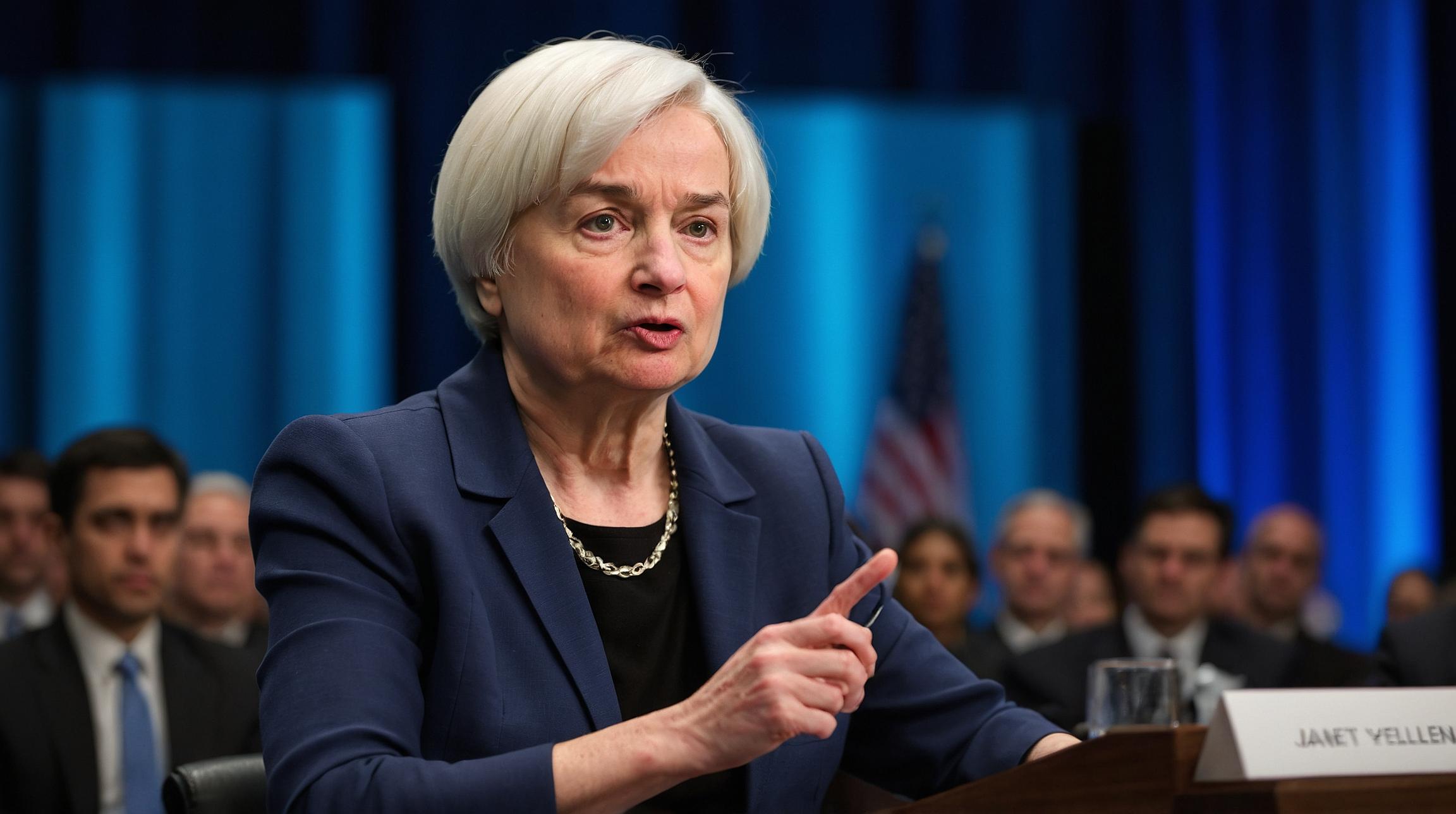Institutional Investors Pouring into Bitcoin ETFs: Are They Really Bulls or Just Bears in Disguise?
In just a short time span, new spot exchange-traded funds (ETFs) have managed to accumulate an impressive 94,000 bitcoins, equivalent to approximately $3.9 billion in assets under management (AUM) as of January 19th. However, skeptics argue that a significant portion of these assets may simply be a result of GBTC holders transferring their investments into these new funds, driven by lower management fees. GBTC charges a hefty 1.5% management fee, making it at least one percentage point more expensive than most of the newly established ETFs.
Are the Recent Asset Inflows into Bitcoin ETFs Really Organic Growth, or Merely GBTC Holders Switching Gears?
Critics argue that the surge in assets under management in the new Bitcoin ETFs is misleading, as a considerable portion of these flows may be attributed to GBTC holders seeking lower-cost alternatives. With GBTC charging a rather prohibitive management fee of 1.5%, many investors have grown disillusioned with the fund’s high expense ratio and have jumped ship onto the new vehicles offering more attractive cost structures.
One of the new Bitcoin ETFs, XYZ Fund, has witnessed an influx of approximately 53,000 bitcoins from the GBTC ecosystem alone, fueling speculation that this shift might not necessarily reflect organic growth but just a transfer of existing assets. This tussle between bears and bulls raises important questions about the true health of the Bitcoin ETF market and highlights the significance of discerning genuine organic growth from simple repositioning.
Assessing the Implications: Can We Count on the Recent Surge in Bitcoin ETF Assets as a Bullish Indicator?
While the influx of assets into the new Bitcoin ETFs is undeniably impressive, it is crucial to carefully analyze the true implications of this surge. Bulls argue that this influx indicates institutional investors’ growing confidence in the cryptocurrency market, as they diversify their holdings beyond traditional assets. They perceive this as a highly encouraging trend that augurs well for the future of cryptocurrencies.
On the other hand, bears contend that this may not necessarily signify organic growth. By simply shifting their GBTC investments into lower-cost vehicles, investors might not be contributing fresh capital to the market. This distinction is vital when assessing the overall health and future trajectory of the Bitcoin ETF market. The potential lack of genuine organic growth could have implications for the sustainability and stability of these funds over the long term.
Analyzing the Impact on GBTC: Will It Sustain Its Position as the Dominant Bitcoin Investment Vehicle?
The rise of new Bitcoin ETFs has raised concerns about the future of GBTC, which has long held a dominant position as the go-to vehicle for investors seeking exposure to Bitcoin. With a management fee far higher than its competitors, GBTC might lose its appeal as investors opt for cost-efficient alternatives within the growing ETF market.
GBTC’s management team may need to reassess its pricing structure and management fee to maintain its market standing. Additionally, exploring strategies to differentiate itself from the new entrants while emphasizing its unique selling points could help GBTC sustain its position in the evolving landscape of Bitcoin investment vehicles.
In conclusion, the recent surge in assets under management in new Bitcoin ETFs is undoubtedly remarkable. However, discerning whether this influx reflects genuine organic growth or simply a transfer of assets from GBTC is crucial. The implications of this distinction extend beyond short-term performance and highlight the importance of understanding the long-term sustainability of the Bitcoin ETF market. Furthermore, GBTC faces the challenge of adapting to the changing competitive landscape as investors seek cost-efficient alternatives.
Analyst comment
Positive news: The institutional investors pouring into Bitcoin ETFs indicate growing confidence in the cryptocurrency market and diversification of holdings beyond traditional assets. This is seen as an encouraging trend for the future of cryptocurrencies.
Market outlook: While the influx of assets into Bitcoin ETFs is impressive, it is important to determine if it reflects organic growth or just a transfer of assets from GBTC. The sustainability and stability of these funds may be impacted if there is a lack of genuine organic growth. GBTC, as the dominant Bitcoin investment vehicle, may need to reassess its pricing structure and differentiate itself from competitors to maintain its market position.













